Download our Successful College Application Guide
Our Guide is written by counselors from Cambridge University for colleges like MIT and other Ivy League colleges.
To join our college counseling program, call at +918825012255
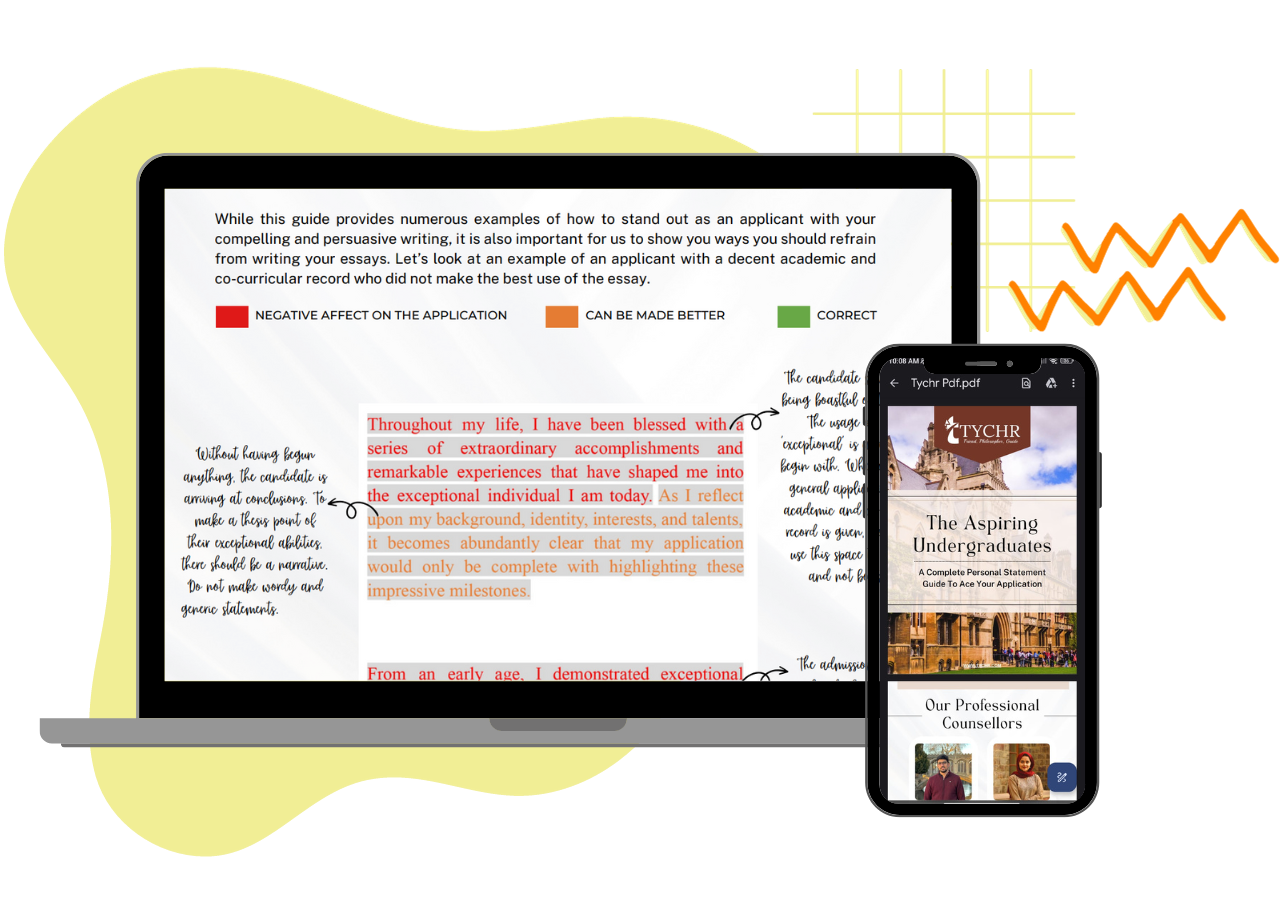
For more details related to IB MYP – DP1 Bridge Course, Click Here to download the Brochure.
For more details related to IB DP1 – DP2 Bridge Course, Click Here to download the Brochure.
For Any Queries, Please call at +918825012255
This list of 50+ curated IB Physics AA IA sample ideas, including examiner comments, covers various topics such as mechanics, energy, and electromagnetic induction. The ideas are designed to be easy to implement and score high marks, providing students with a range of expert-approved IB physics IA samples and ideas to choose from. The selection process for a Physics IA topic is crucial for achieving a high score, and students can use these ideas as a stepping stone towards nailing their IB Physics IA score, approaching them conventionally or taking a novel approach to outshine everyone.
A pendulum setup is made in accordance with the constant variables. The light gate is placed in a way where the pendulum passes between the edges of it without disturbance. A data logger collects the data as the pendulum passes between the light gate for 90 seconds. Using this data, you will be able to calculate the damping constant.
Diameter of the pendulum wire
Mass of mass hanger, Length of wire, Initial place from which the pendulum was released (angle at which it was released from) and person letting go of the mass hanger.
The velocity of the pendulum for 90 seconds
There is a cylindrical container, a funnel, a ruler placed horizontally at a specific height under the orifice and a ruler to measure the height of the water in the cylindrical container. The setup is set in a way to allow simultaneous measurements of both the speed of the existing water and the change of the height of the level of water in the container. The speed of the water is obtained implicitly since by measuring the distance the water exiting travels over a period of time yields the speed of the water.
Height of the empty space in the bottle
Distance from orifice to the ground, Temperature of water, Medium of liquid, Size of orifice
Horizontal distance from the Orifice
Using a meter scale, the drop height for the soccer ball on the wall is marked. One person will drop the soccer ball from this constant height as the pressure of the ball varies. Once it drops, you will have to record a video to see how far up the ball bounces back. This is your dependent variable. Many trials can be taken to obtain an average value.
Pressure of the ball
The drop height of the soccer ball, the surface the ball is dropped on to, environmental conditions like wind, temperature and air pressure
Bounce height of the soccer ball
The purpose of this exploration is to observe how the Brewster’s angle changes in accordance to different refractive indices. The indices were varied using different masses of white sugar dissolved in tap water. A constant wavelength of light was also used to see how the Brewster’s angle varied proportionally to the changing refractive index. The set-up is inspired by a non-invasive form of medical testing for the concentration of glucose in blood by measuring the refractive index in the aqueous humor of the eye.
Different masses of white sugar
Wavelength of the light, Amount of tap water
Brewster’s Angle, Refractive Index
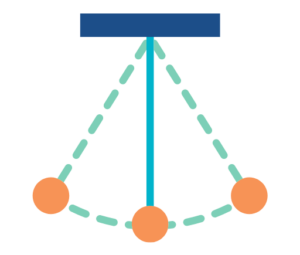
In this experiment, you will be able to find the optimum angle and lengths in which the hand should be for maximum power delivery. However, this would be more of an investigation. A double pendulum is constructed using wood to represent the hand. By changing the angle of pendulum 1 the final power produced by that motion changes. Additionally, the length of both pendulums will also change because not everyone’s hand measurements are the same. Furthermore, a simulation software will also be used to compare the results.
The initial angle of Pendulum 1, Length ratio of both pendulums (L1/L2)
Time period (s) in the first cycle, Maximum Kinetic Energy (Joules) in the first cycle, Maximum Power (J s-1) delivered in the first cycle
Write a code to simulate motion of gas molecules in a box by using the Maxwell Boltzmann distribution function to find velocity distribution at various temperatures.
Temperature, number of particles/molecules
Dimension of the box, number of iterations
Velocity distribution
A long wooden plank with a uniformly smooth surface(like glass) is placed slanted on a vertical Support with a box sliding down. The distance traveled by the box and and the time taken is measured to calculate the coefficient of friction of the smooth surface
Length of the plank, surface
Angle of tilt of the ramp, air resistance
Time taken
Take a pipe and coil a wire around it at a distance apart. Now connect a microammeter to both ends of the wire to measure the current in the coil when the magnet passes through it. Measure the time between the current induced in both the coils which can be utilized to find the acceleration due to gravity.
Distance between the coil
Number of turns in the coil, strength of the magnet
Time taken for the magnet to pass through both the coils.
A transparent beaker with the desired liquid filled up. Now immerse a metal rod in the liquid and you will observe an apparent shift in the image of the rod which can be measured to calculate refractive index of the fluid
Type of fluid
Temperature, material of the beaker, thickness of the rod
Shift of the image
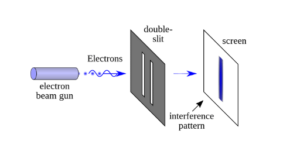
After setting up a young’s double slit experiment when we observe an interference pattern on the screen we can manipulate the pattern by introducing thin films of varying widths in front of one of the slits which will in turn move the interference pattern on the screen because of the change in path difference of the interfering waves
Thickness of the film, refractive index of the thin film
Distance between slits and screen, separation of the slits, wavelength of the light source
Shift of the interfering pattern
Using Melde’s apparatus we can set up a standing wave in a string of different materials which can be used to measure the wavelength of the interfering wave.The wavelength can then be used to deduce speed of the wave in the string which in turn helps us to measure tension in the string.
Frequency of the wave, material of the string
Length of the string
Wavelength of the standing wave
Set up an electric motor to convert electric current into mechanical work in a chamber and then study efficiency of the motor by lifting weights at varying temperatures. Note down the time taken to lift a fixed distance and use it to measure the performance efficiency of the motor
Temperature at which the experiment is done
Type of motor, distance lifted
Time taken to lift the weights through the same distance at different temperature
Connect the sample with a voltage supply with ammeter and voltage connected across the sample to measure the current flowing through the sample and potential difference across the sample. After waterproofing the sample, immerse the sample in a beaker containing water. Start heating the water and measure the variation of voltage and current at different temperatures. Repeat the same for the other samples as well
Voltage applied, Temperature of the water
Thickness of the insulation
Current measured
We use an Incandescent Bulb with Tungsten filament and pass current through it and as the amount of current increases, the filament heats up and temperature of the bulb increases as well
Current, voltage
Resistance of the filament

Creating colloidal solutions of two immiscible substances such as oil and water and altering the density with different types of oil and measuring the refractive index caused by the solution when light of a certain intensity is incident upon the solution
Refractive index
Heating rubber bands of the same kind and measuring the distance travelled by an object such as paper once propelled from the rubber band
Temperature
Propulsion due to rubber band
Rolling a ball or spherical object across various surfaces of different textures and calculating the impulse occurring when colliding with a stationary object of the same kind
Smoothness of a surface
Momentum of an object Impulse
A wind tunnel will be constructed to control the air velocity. A pressure gauge will be placed at the entrance and exit of the wind tunnel to measure the air pressure. The air velocity will be increased in increments and the corresponding air pressure will be recorded. The data will be plotted on a graph to show the relationship between air velocity and air pressure according to the Bernoulli principle.
Air velocity
Air pressure
The experiment will consist of hitting a ball at different points on the racket head and measuring the vibration that is produced. The location of the dead spot and sweet spot will be determined by the point on the racket head that produces the least and most vibration respectively. A graph will be plotted to show the relationship between racket head size and the location of the dead spot and sweet spot.
Racket head size
Location of dead spot and sweet spot
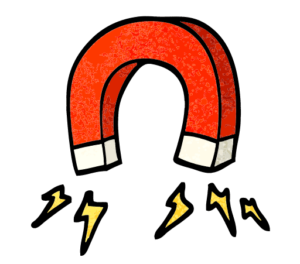
A coil of wire will be placed inside a magnetic field, and the induced electromotive force will be measured as the magnetic field strength is varied. A graph will be plotted of the induced electromotive force versus the rate of change of magnetic flux. This will help verify Faraday’s Law of Electromagnetic Induction, which states that the induced electromotive force in a coil is proportional to the rate of change of magnetic flux.
Rate of change of magnetic flux
Induced electromotive force
This is a simulation based experiment. The simulation will consist of a fixed container of an ideal gas confined into space. To investigate the Gas Law for the gas in this fixed container, a simulation can be created that varies two variables out of pressure, volume and temperature and see how the third one is affected. This can be repeated thrice for each of the variables. There will be three graphs (one for each): Pressure vs temperature, Volume vs temperature and Pressure vs volume. The formula that is used is PV = nRT
Pressure, temperature and volume of a gas
Pressure, temperature and volume of a gas
The experiment will involve testing the Young’s modulus of various materials, such as steel, aluminum, and rubber, by suspending a weight from a material and measuring the deformation it experiences. The cross-sectional area, length, and temperature of the material will be controlled and kept constant. The results will be compared and analyzed to determine the Young’s modulus of each material and how it affects their ability to withstand stress and strain.
Type of material (Steel, Aluminium and Rubber)
Stress and strain of the material
The experiment will consist of recording the sound produced by different types of guitar strings when they are plucked. The harmonics produced by the strings will be analyzed using a spectrograph and compared between the different types of strings. A graph will be plotted to show the relationship between the type of strings and the harmonics produced.
Type of guitar strings
Harmonics produced by the strings
A solar panel will be placed in an open environment where it will be exposed to dust. The solar panel will be cleaned at regular intervals, and the efficiency of the solar panel will be measured using a photovoltaic cell. The efficiency will be measured by calculating the ratio of the output power to the input power. A graph will be plotted to show the relationship between the mass of dust accumulation and the efficiency of the solar panel.
Mass of dust accumulation on the solar panel
Efficiency of the solar panel in converting solar energy into electrical energy
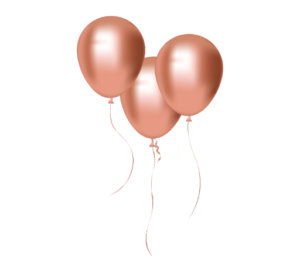
The experiment will consist of inflating balloons of the same size and dropping them from the same height, but with different added masses. The terminal velocity of each balloon will be measured using a high-speed camera and time-of-flight analysis. A graph will be plotted to show the relationship between the mass added to the balloon and the terminal velocity.
Mass added to the balloon
Terminal velocity of the balloon
Our Guide is written by counselors from Cambridge University for colleges like MIT and other Ivy League colleges.
To join our college counseling program, call at +918825012255

A launch platform is made from which the bouncy ball is dropped from. Once it is dropped, a video is shot of its movement. Using the video, the rebound height is observed using the graph sheet placed next to it. To heat the ball, it is kept in water baths inside a plastic bag.
Temperature of Bouncy ball
Drop height of ball, Mass and radius of the ball, The surface on which the ball is dropped
COR: Ratio of the height of a ball after it bounces to the height of the ball before it bounces
A motion sensor is used to detect the drop of the ball with varied pressures of the basketball
Air pressure inside the ball
Temperature of the ball, volume of the ball, surface of the collision, type of the ball
Height of the first bounce after the drop
To find the specific heat capacity of the water (saline), an experiment is set up using a spirit burner. This in turn will allow you to burn a necessary amount of ethanol to find the temperature change of said ethanol along with the enthalpy change of combustion of ethanol too.
Concentration of the salt in the solution
Initial mass of alcohol that is put in the spirit burner, Volume of water used, Distance between the burner and the calorimeter, Thickness of the calorimeter
Specific heat capacity of the solution
Set up an experiment accordingly. Pour a solution into the ripple tank container and turn on the ripple motor with a set frequency and lamp. Analyze the diffraction of the waves by measuring the wavelength and the diffraction angle.
Density of water solution
Frequency of wave, Temperature of solution
Diffraction patterns
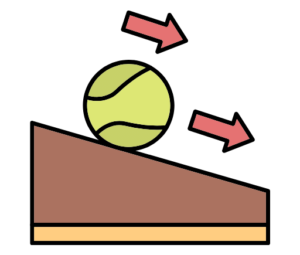
A cylinder is rolled down a ramp of different heights first. Whichever height allows the cylinder to take the least time to reach the end of the ramp, that height is used as a constant for when the material of the surface of the ramp is varied.
Height of the ramp, materials of the surface of the ramp
‘Mass and dimensions of the cylinder, length of the ramp
Static friction coefficient
A wine glass is filled up with water and three temperature probing devices are used to measure surface temperature of the wine glass at three different spots. A sound is created by rotating your finger around the rim of the glass frequency of which is measured on a FFT graph on logger pro software using a microphone. The temperature of the liquid can be varied by either using ice or a water heater.
Temperature of water
Material of glass, height of the fluid in the wine glass
Frequency of the sound produced
Drop a coffee filter from heights > 2m and measure its velocity in the last 10cm of fall using motion sensors or video or camera or manually using a stopwatch.
Height of drop
Wind conditions, dimensions of the coffee filter
Time taken for fall
Collect different samples of flammable substances and burn them under supervised conditions. Use the heat produced to boil water.
Fuel type
Amount of fuel and water
Temperature increase after a fixed time interval
Setup a smooth platform with vertical support to fix a spring. Take a small wooden box and compress the spring using it and when you leave it the box will fly off and initial velocity can measured using video camera or motion sensors
Compression of the spring
Mass of the box, spring type, smoothness of the surface
Initial velocity of the box
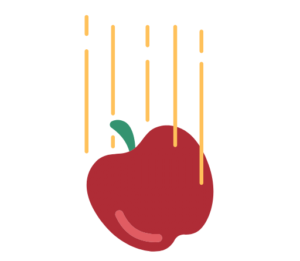
Drop object of different masses from the same height and measure the time taken for the fall
Mass of the object
Height of drop
Time taken for the fall
Measure time period of oscillation of a pendulum at different amplitudes for small angles
Initial amplitude
Length of the pendulum, mass of the bob
Time period of oscillation
Support a beam horizontally on a table with a portion of it suspended out of the table’s edge with no support below. Now hang a mass on the suspended end of the beam using a string at a different distance from the table edge and measure the deflection/bending of the beam.
Distance at which mass is suspended from the point of contact
Mass placed, material of beam, suspended length of the beam, length of string attached to the mass
Maximum deflection of the cantilever
Measure and study the variation of density of fluids with temperature(try honey, water and coffee)
Mass of the fluid and temperature
Method of heating
Volume of the fluid
Fly a paper airplane and measure the variation of landing distance in presence of headwinds created by an electrical fan or manual winds of varying intensity.
Wind speeds and direction
Shape and size of the plane, launch speed
Distance of flight
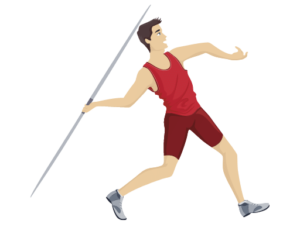
Launch a ball or throw a javelin at multiple angles with the same velocity and measure the range covered at different angles preferably using a simulation.
Mass of the Angle of throw
Velocity of throw, wind conditions
Range/horizontal distance covered
Taking various samples of water with different concentrations of salt and measuring the viscosity of the solution utilising capillary viscometers
Salt concentration of salt-water solution
Viscosity of the solution
Changing the purity of a solution such as water and sugar and measuring the specific heat capacity of each solution and analysing the effect of this phenomena
Concentration of sugar
Specific Heat Capacity
The experiment will consist of measuring the conductivity of different materials at different temperatures using a multimeter. The equation that will be used to calculate the conductivity is σ = 1/ρ. A graph will be plotted to show the relationship between temperature and conductivity for all three materials.
Temperature of the material
Conductivity of the material
The experiment will consist of measuring the intensity of light from a light source at different distances using a light meter. A graph will be plotted to show the relationship between the distance and the intensity of the light. The equation that is used is I – P/4πr2
Distance from the light source
Intensity of the light
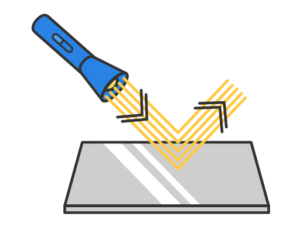
The experiment will entail a light that shines onto different materials. Furthermore, the angle of reflection and refraction will be measured using a protractor. There will be a graph that will represent the relationship between the type of material and the angle of refraction and reflection. An equation that needs to be used during the course of this investigation is n1sinθ1 = n2sinθ2.
Type of the material that the light shines onto
Angle of refraction and angle of reflection
The experiment revolves around measuring the drag force acting on the spheres of different shapes as they move through one specific fluid. All the spheres need to be released into the liquid in the same way. A graph will later be plotted to determine the relationship between the shape of the sphere and its drag coefficient. A formula needs to be used to calculate this coefficient.
Different shapes of the sphere (spherical, oblong and flat)
Drag coefficient of each of the 3 spheres
For this experiment, the time taken for the fluid to flow through a viscometer for a fixed length will be measured. The viscosity of the fluid will be calculated using the time and the flow rate. A graph will be plotted to establish the relationship between the temperature of the fluid and the viscosity of the fluid.
Temperature of the fluid
Viscosity of the fluid
This experiment will consist of measuring the buoyant force acting on an object submerged in a fluid. The density of the object will be calculated using the buoyant force and the volume of the object. A graph will be drawn to depict the relationship between volume and density of the object.
Volume of the object
Density of the object
To do this experiment, the time taken for a sound wave to travel a fixed distance in a gas will be measured. The speed of the sound will be calculated using the time and distance and a graph will be drawn to showcase this relationship.
Temperature of the gas
Speed of sound

The experiment will consist of shining a light beam through two media with different indices of refraction. The angle of incidence and the angle of refraction will be measured for each refraction. A graph will be plotted to show the relationship between the angle of incidence, the angle of refraction and the indices of refraction of the two media
The angle of incidence, the angle of refraction and the indices of refraction of the two media
The angles of refraction and the final direction of the light beam
Cat 1 – ESS and Cat 2 – Biology. Chief of the IB program. Mentored 320+ students across various curricula.
IBDP Physics HL / SL. IGCSE Physics. A-level Physics (AQA, CIE, Edexcel, OCR, and WJEC). IGCSE Physics (AQA,CIE, OCR & Edexcel)
IBDP Cat 1 – Business Management, IBDP Cat 1 – TOK. Taught over 130+ students across 4+ countries.
IBDP Cat 1 & 2 November 2019. Specializes in Global Politics. Many students scored 7s; mentors 200+ students in assessments.
Specializing in Mathematics: Analysis and Approaches (HL & SL), Mathematics: Applications and Interpretation (HL & SL), and MYP (Mathematics).
IBDP Cat 1 – Chemistry, IBDP Cat 3 – IA Chemistry, IBDP Cat 1 – TOK. Helped 2 out of 3 students achieve a 7 in IB Chemistry.
Score 40+ in IB Exam like they did
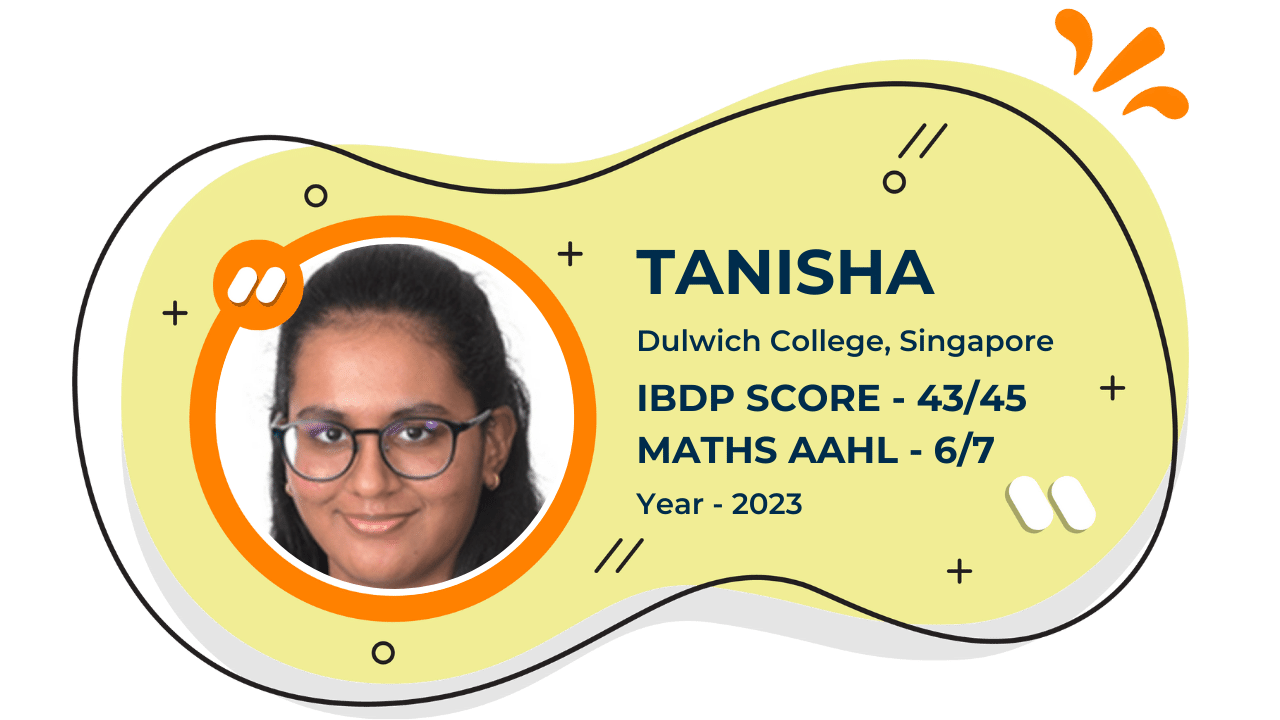
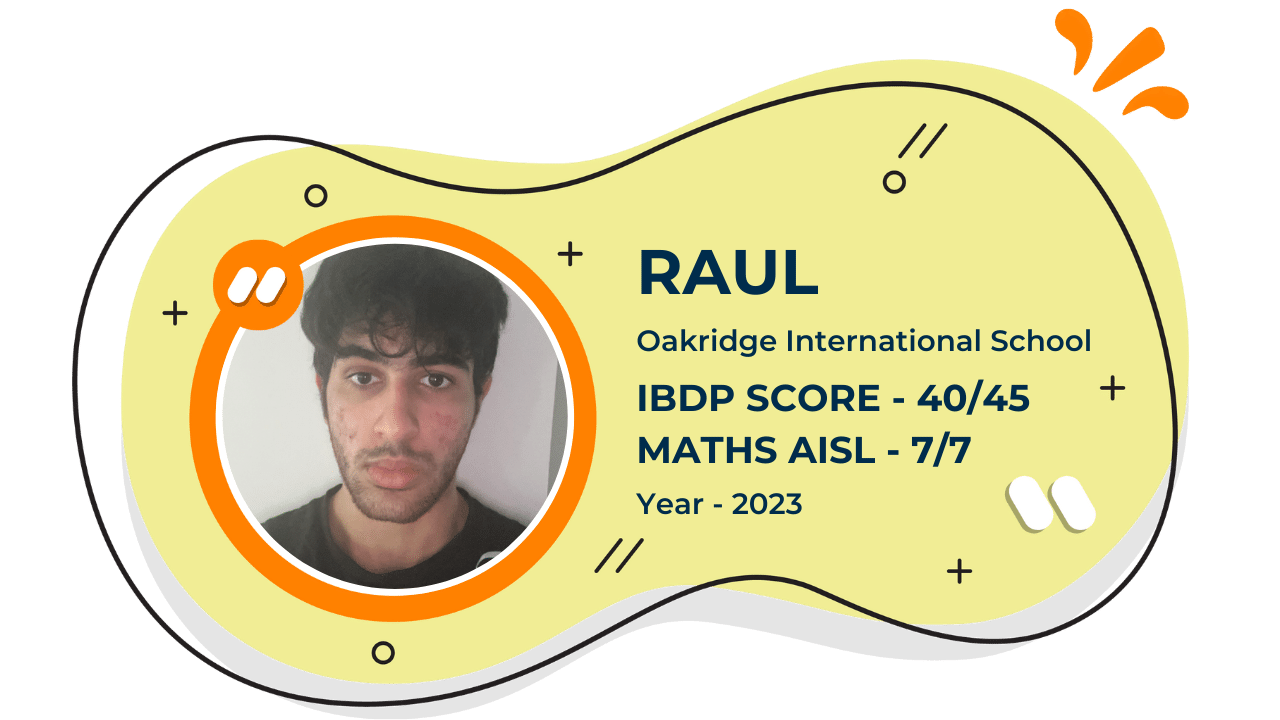
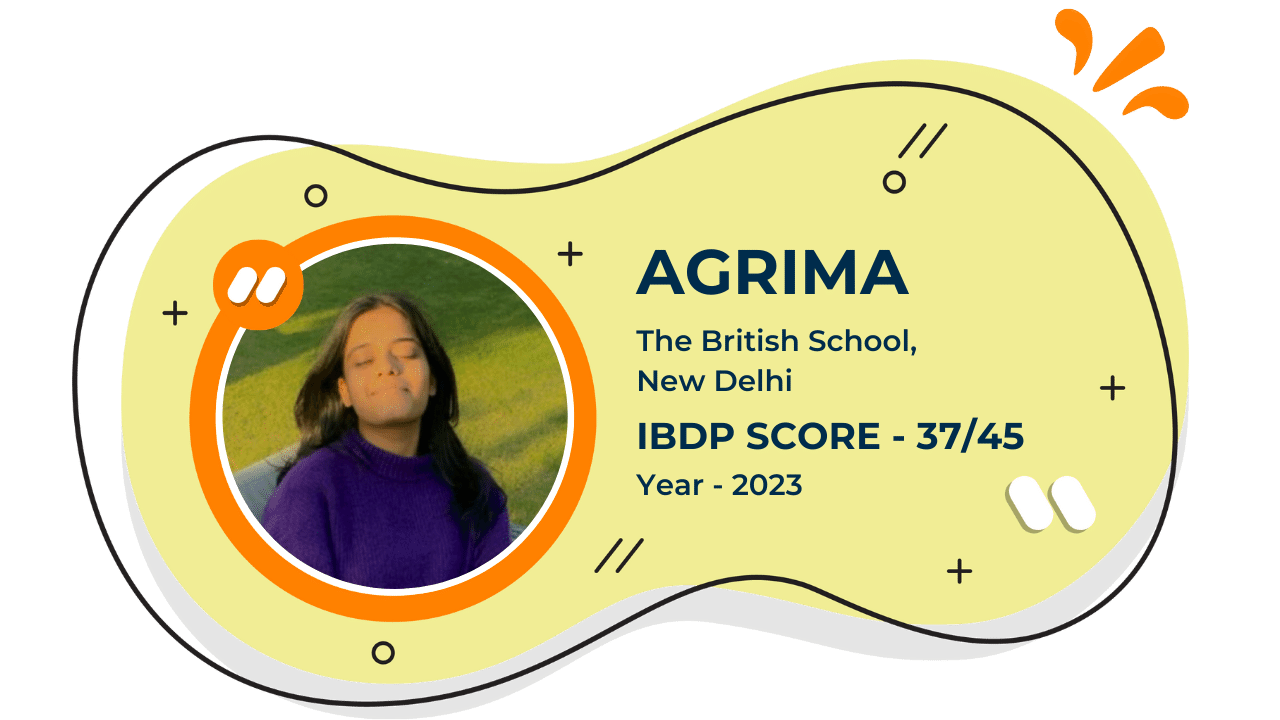

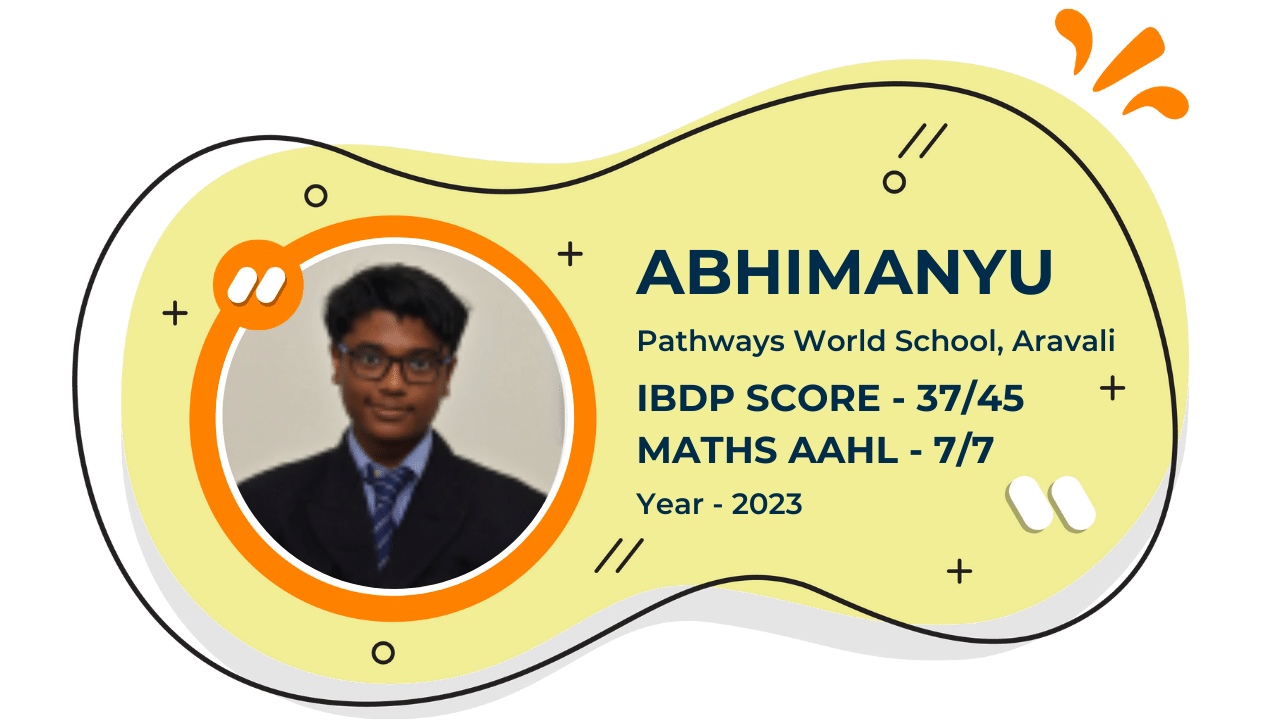


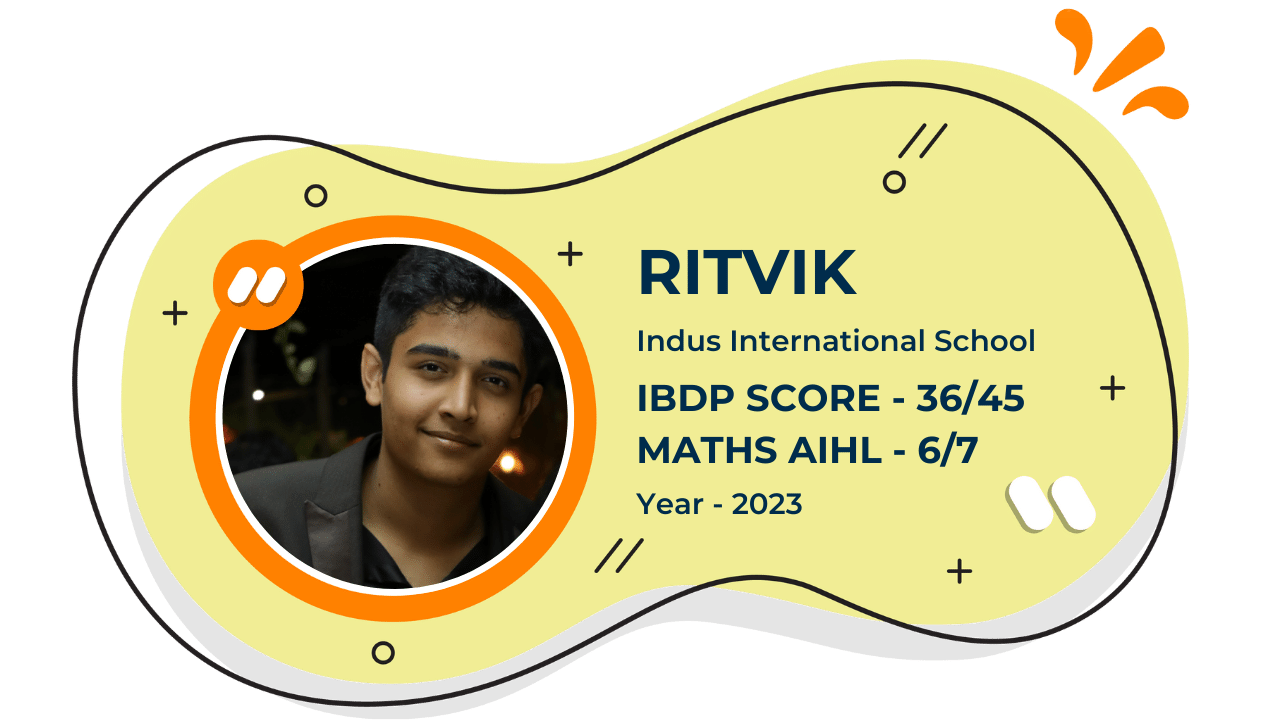
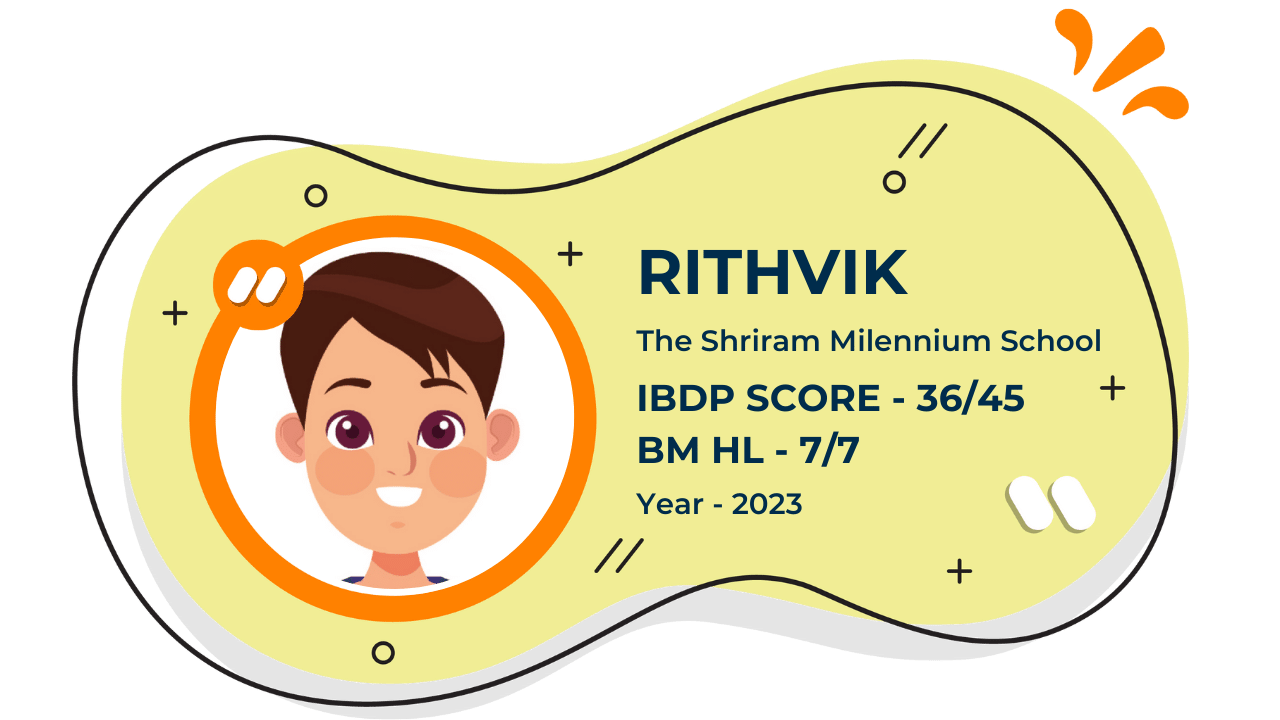
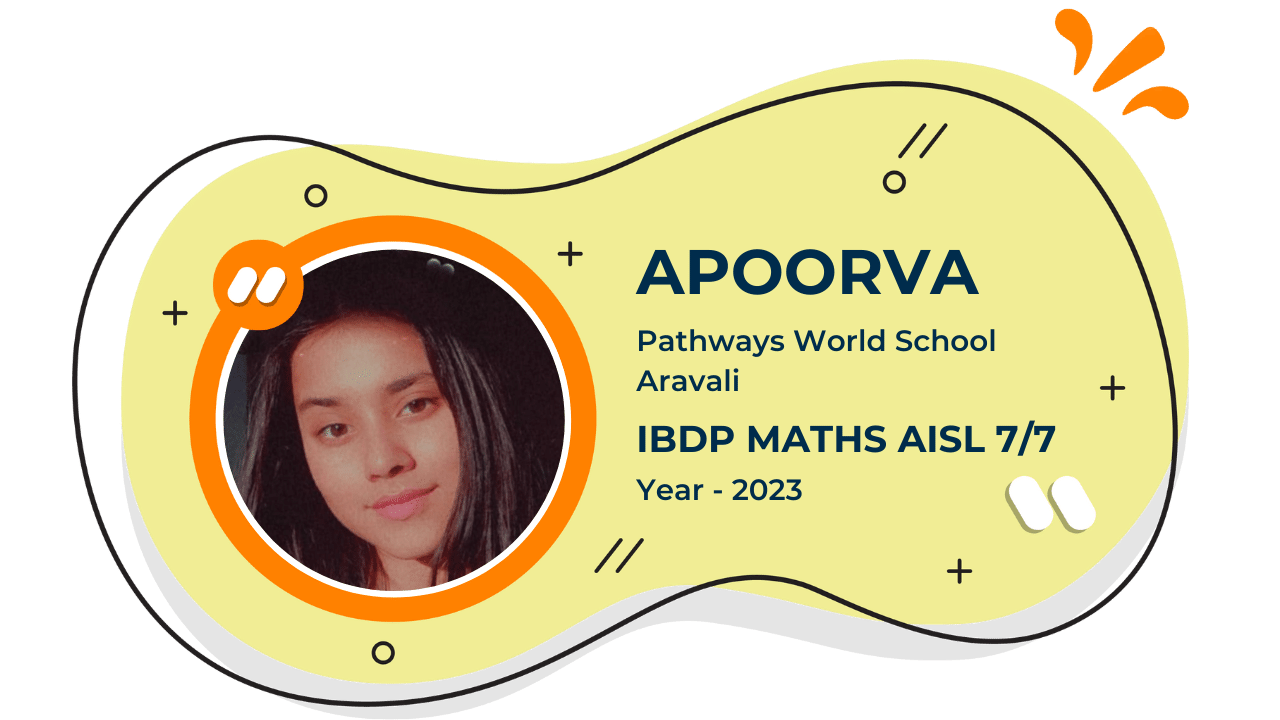

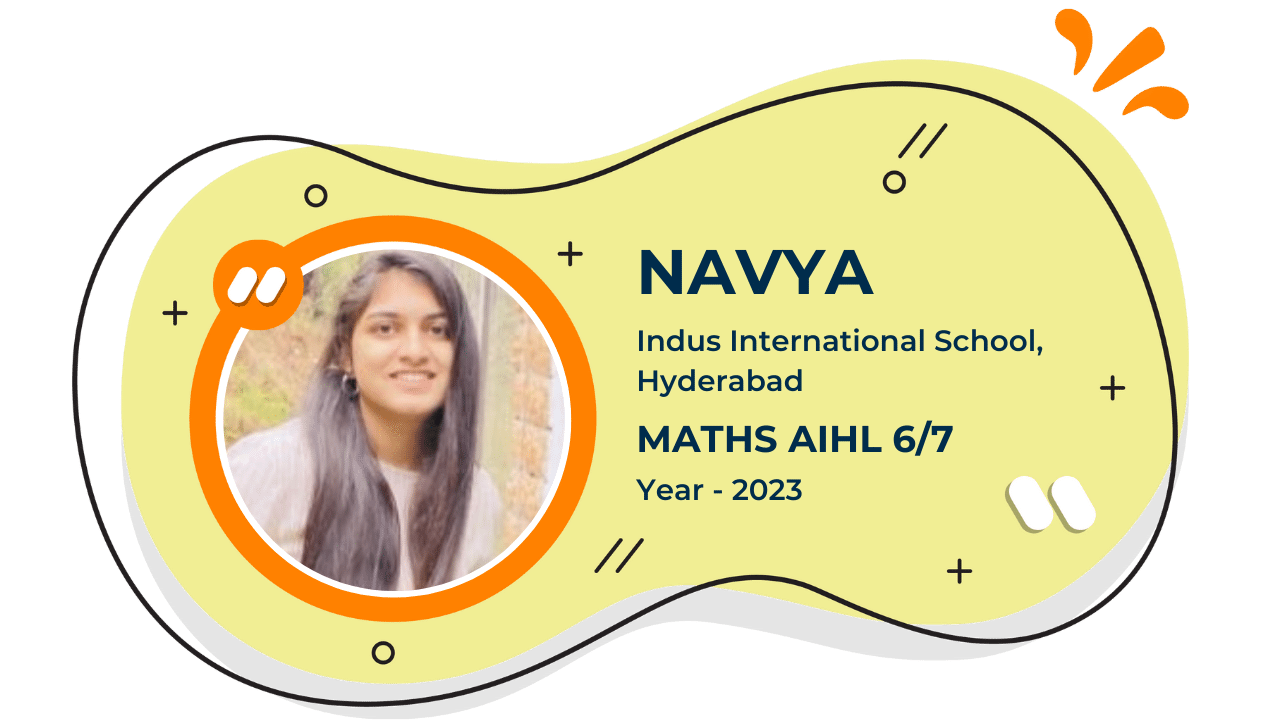
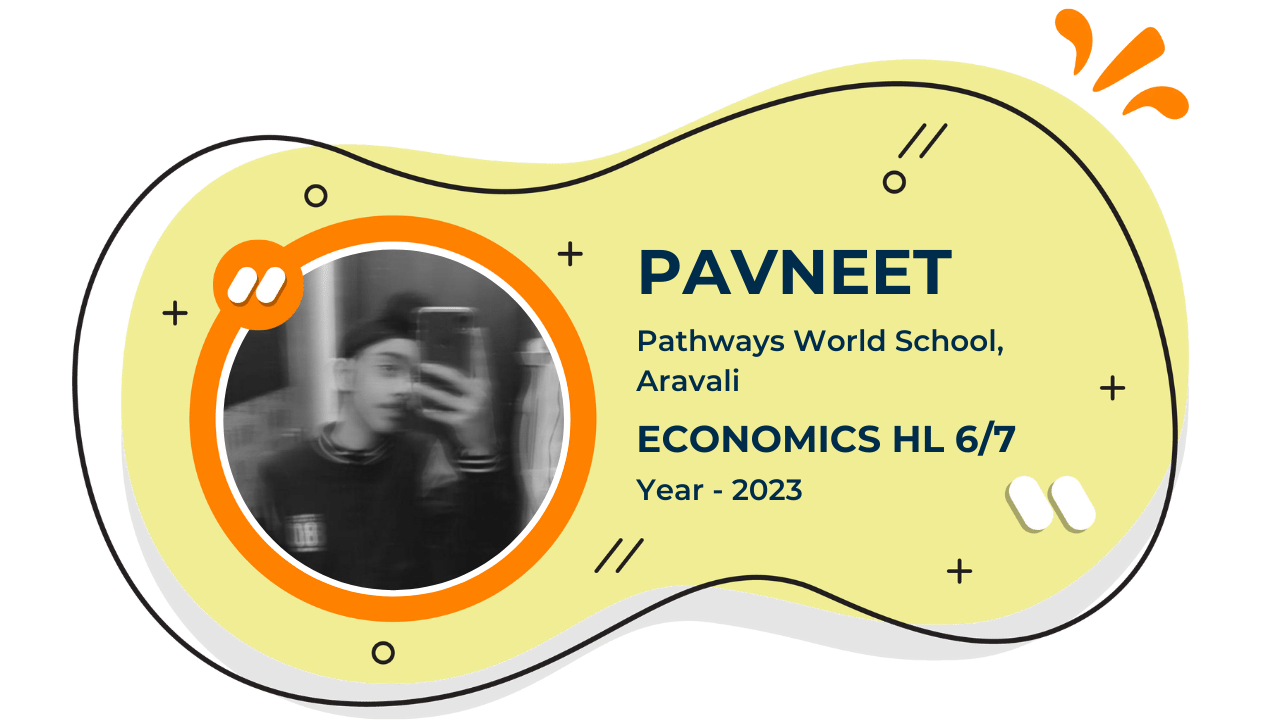
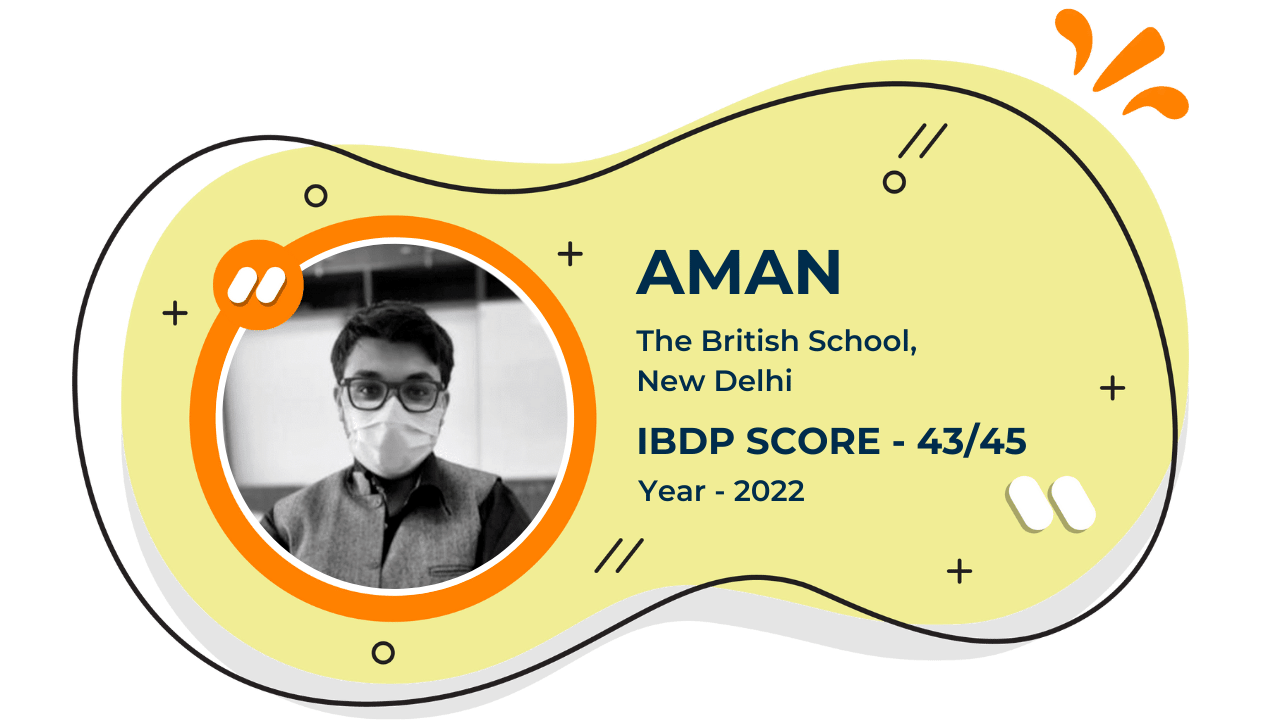
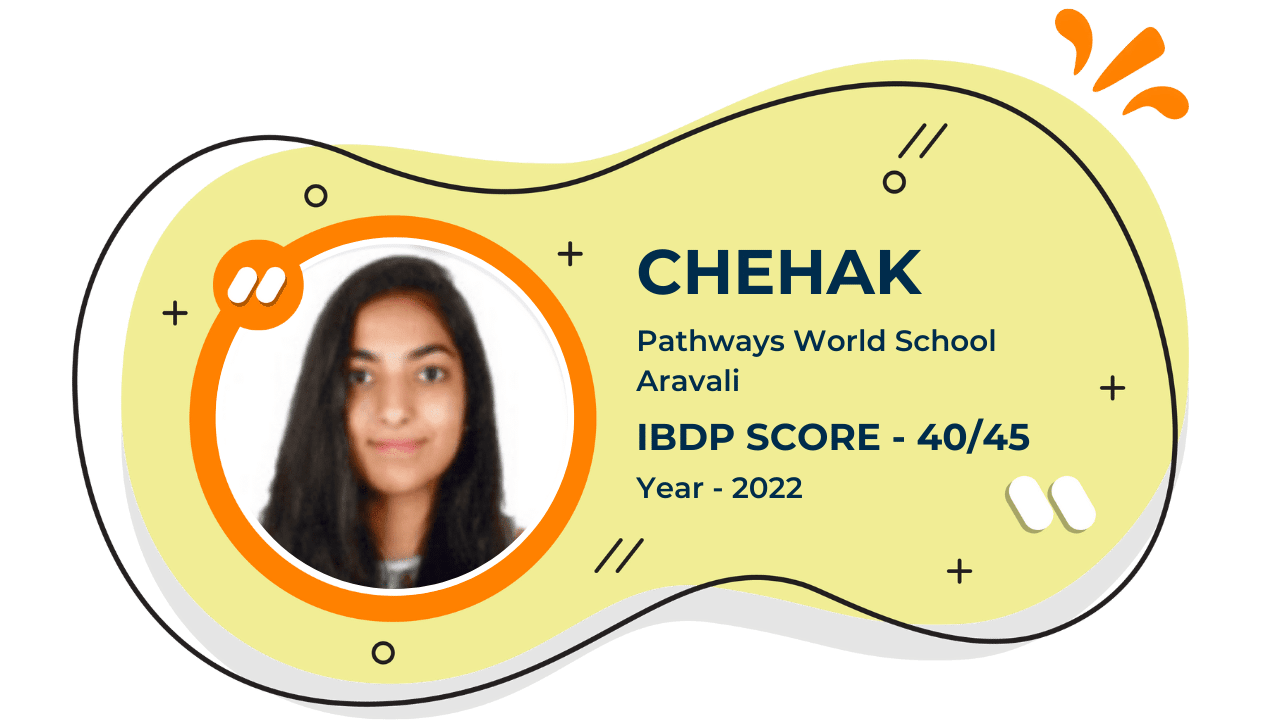

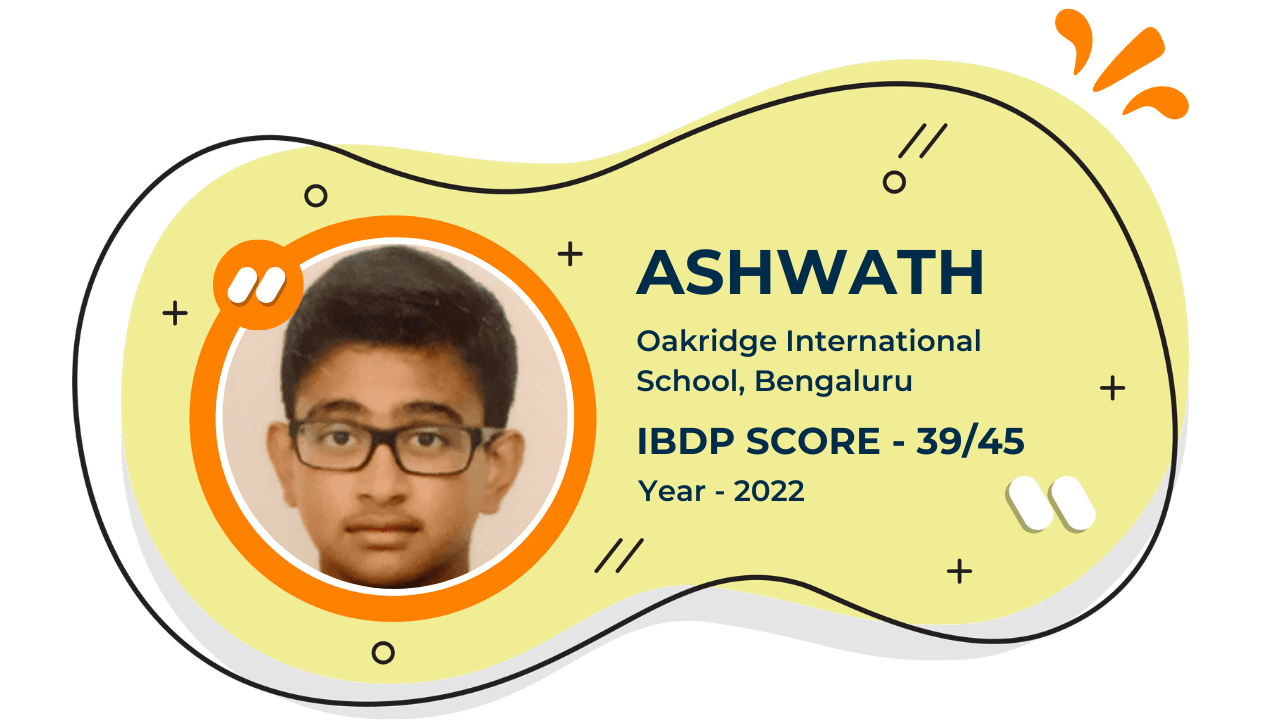





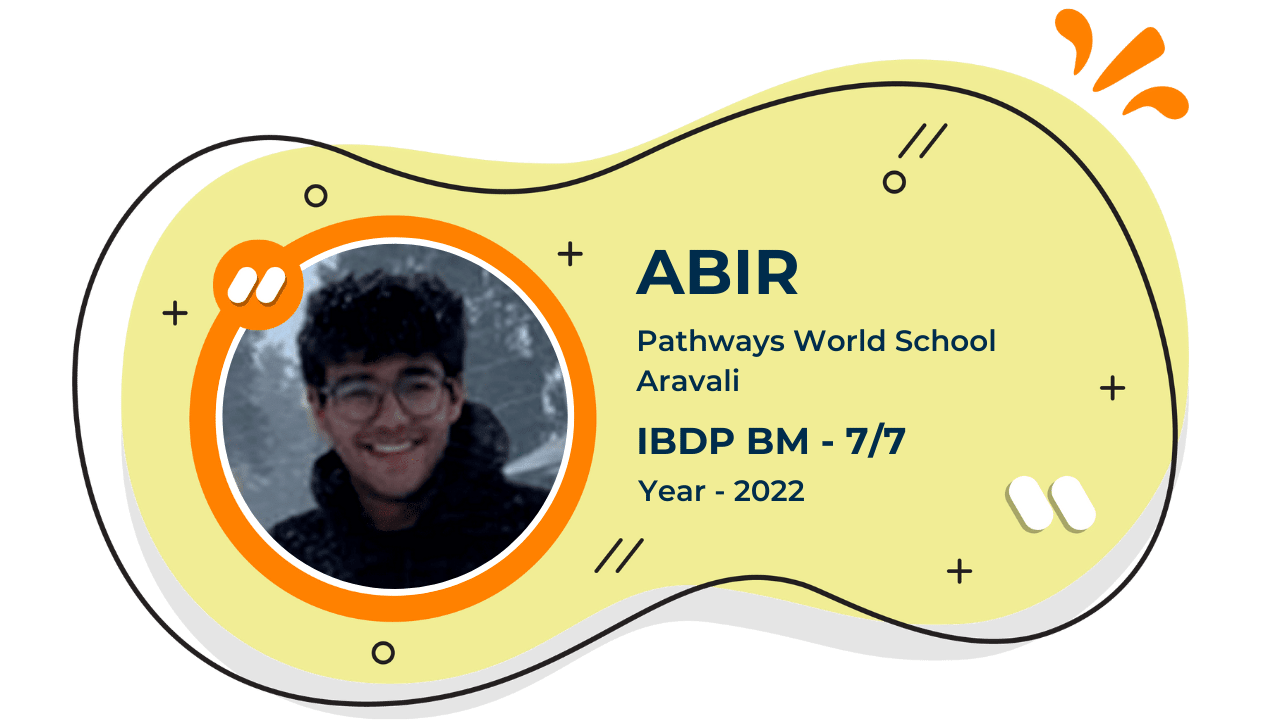
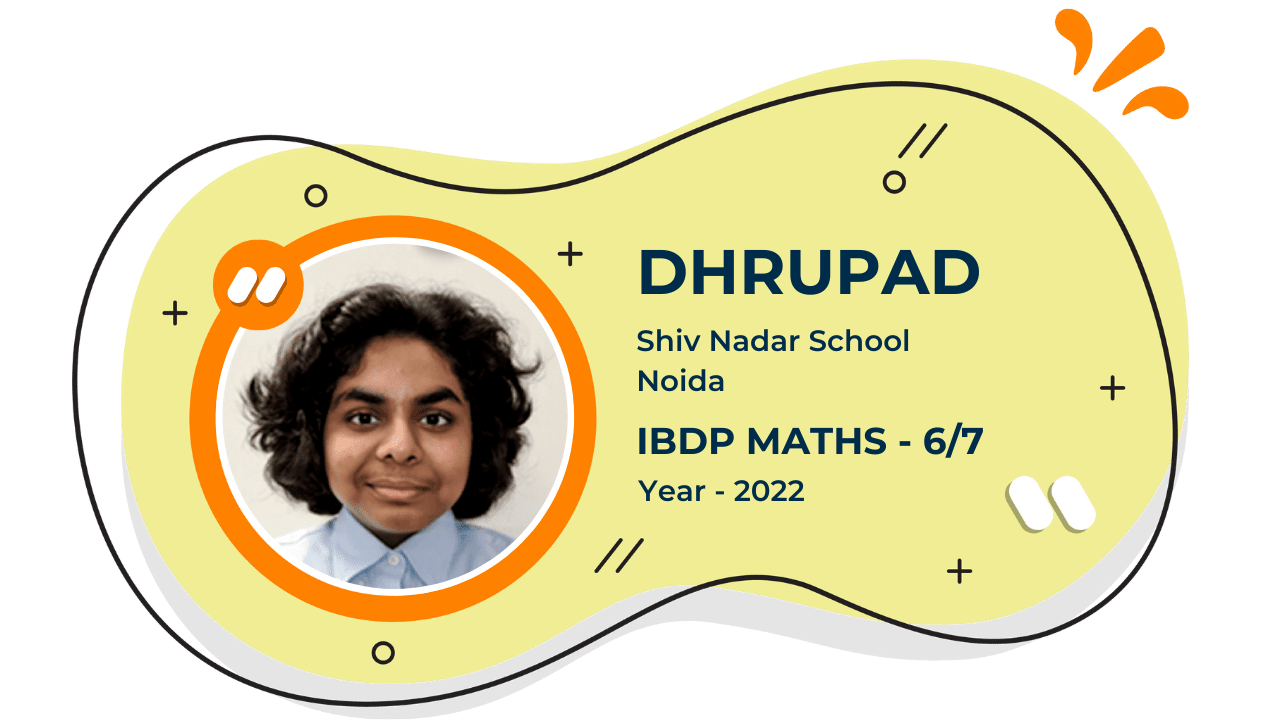
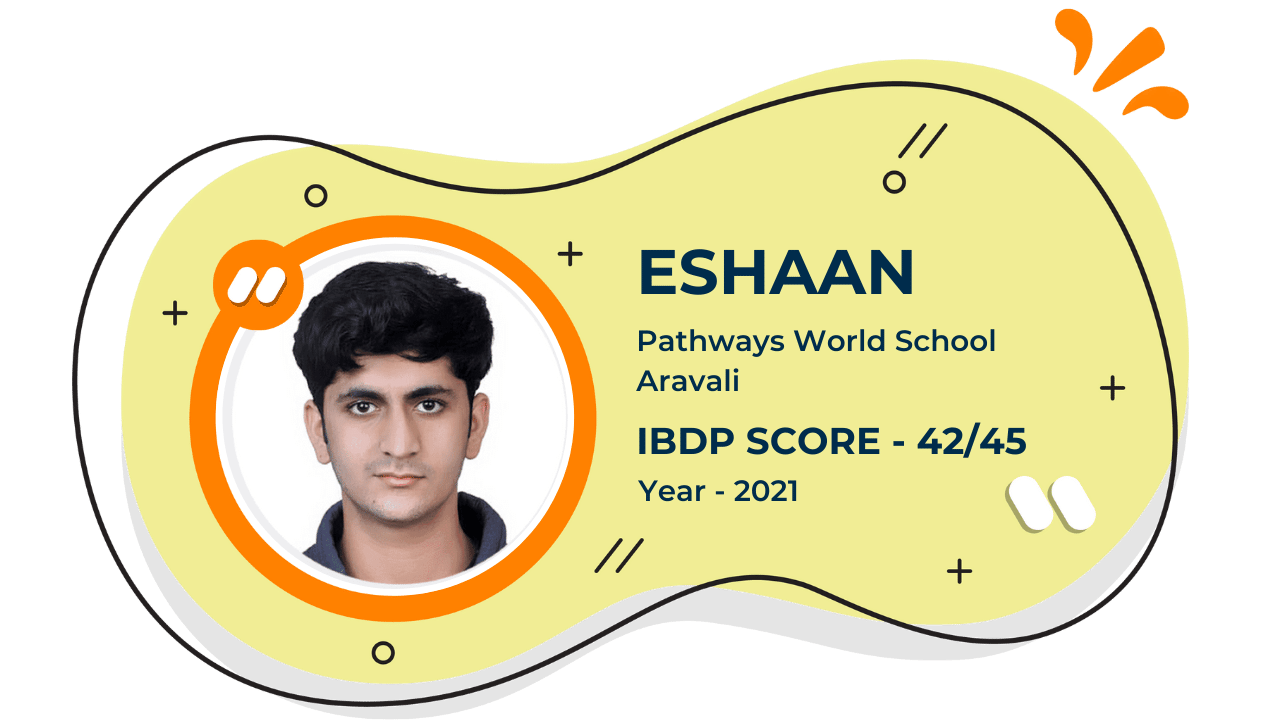



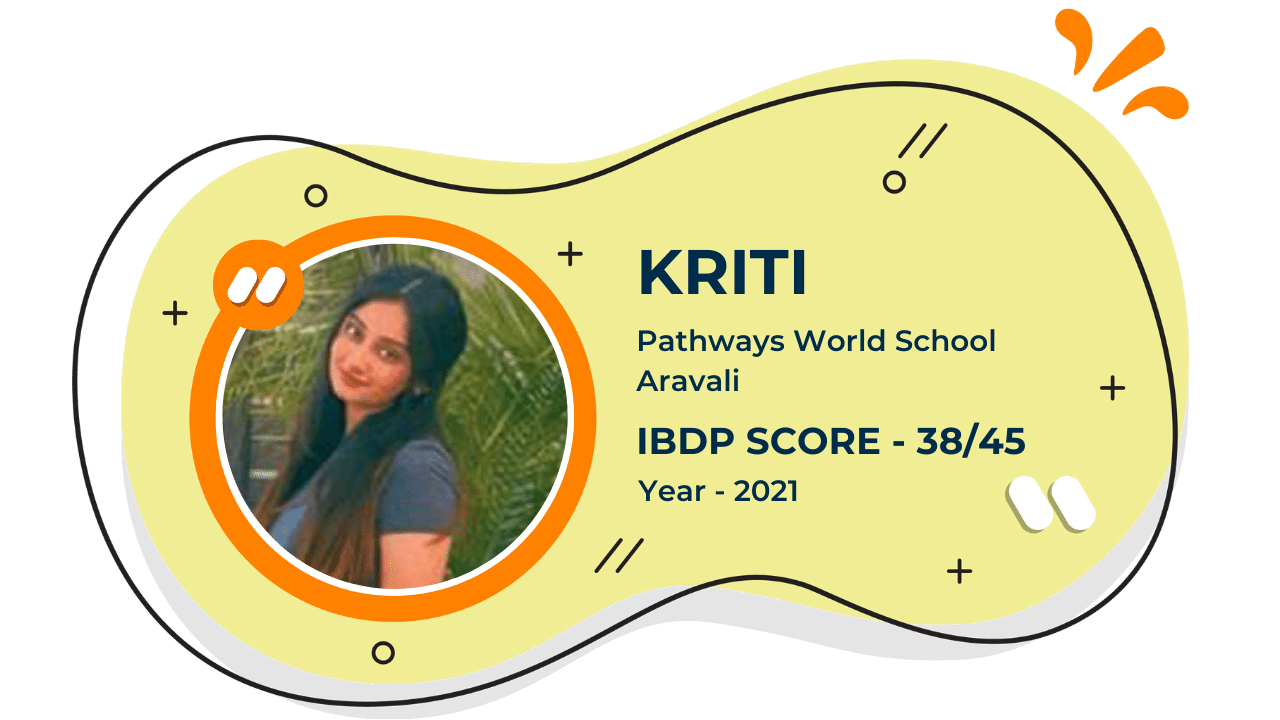

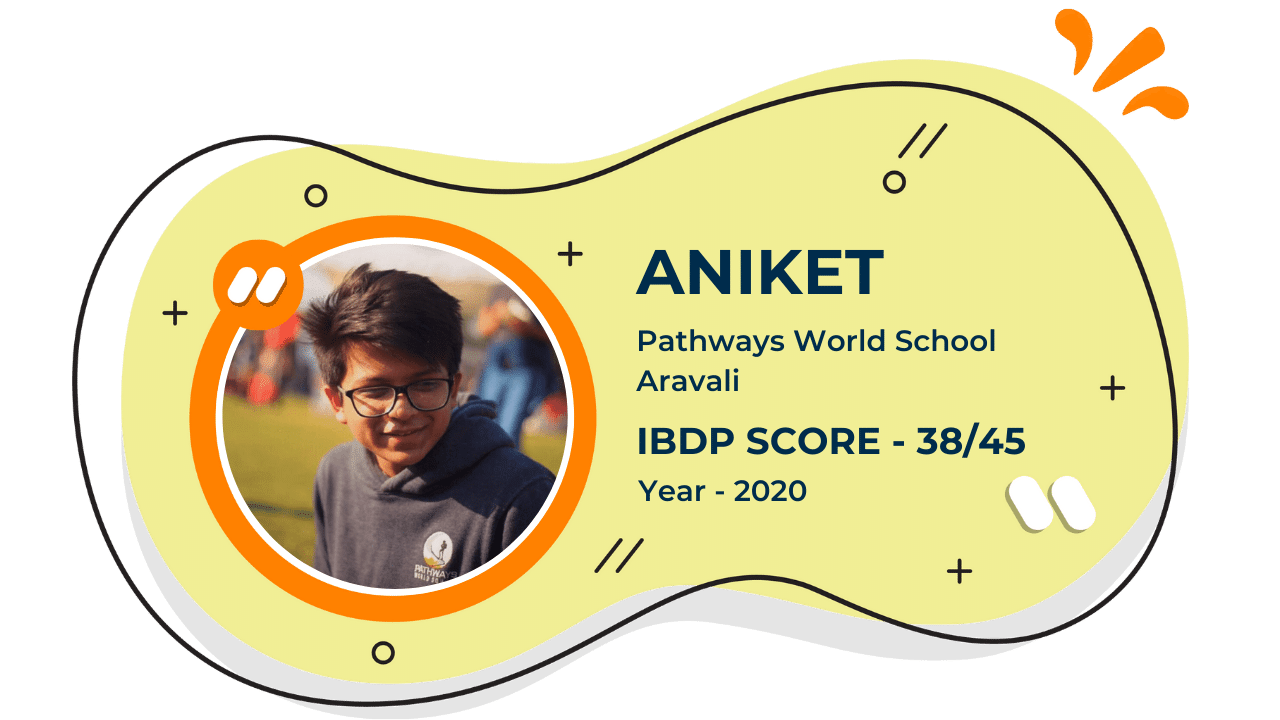
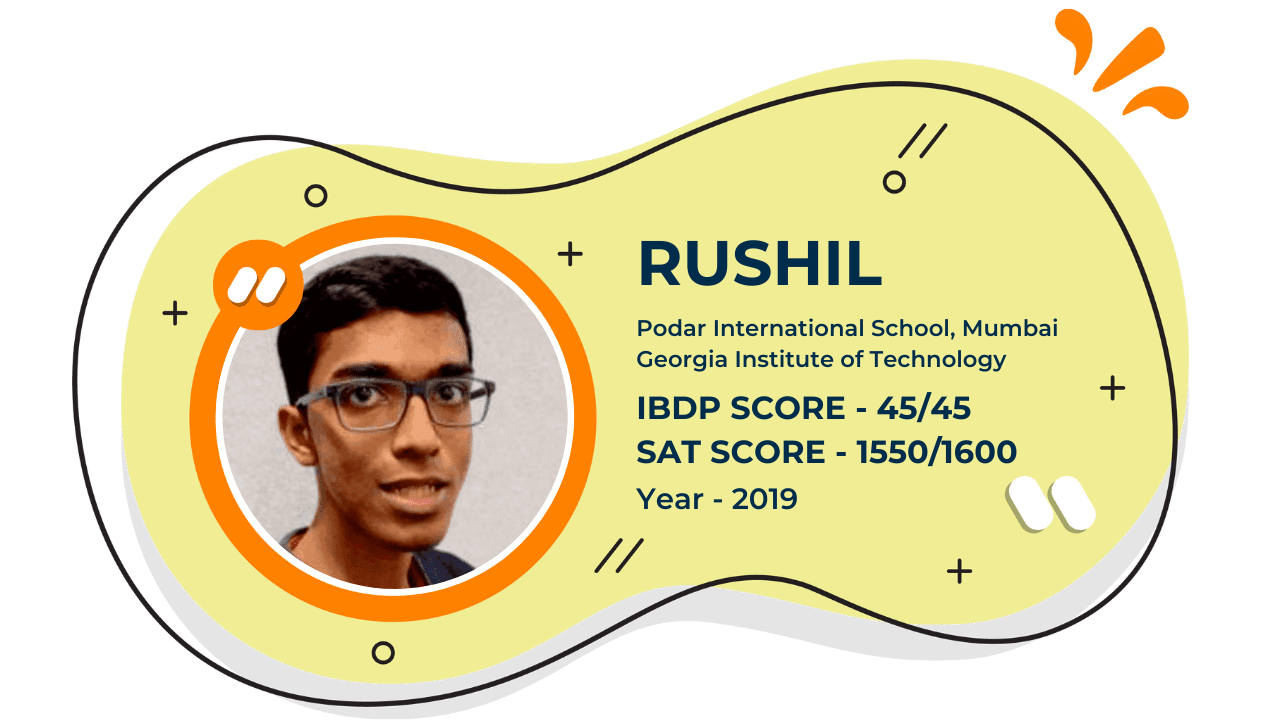
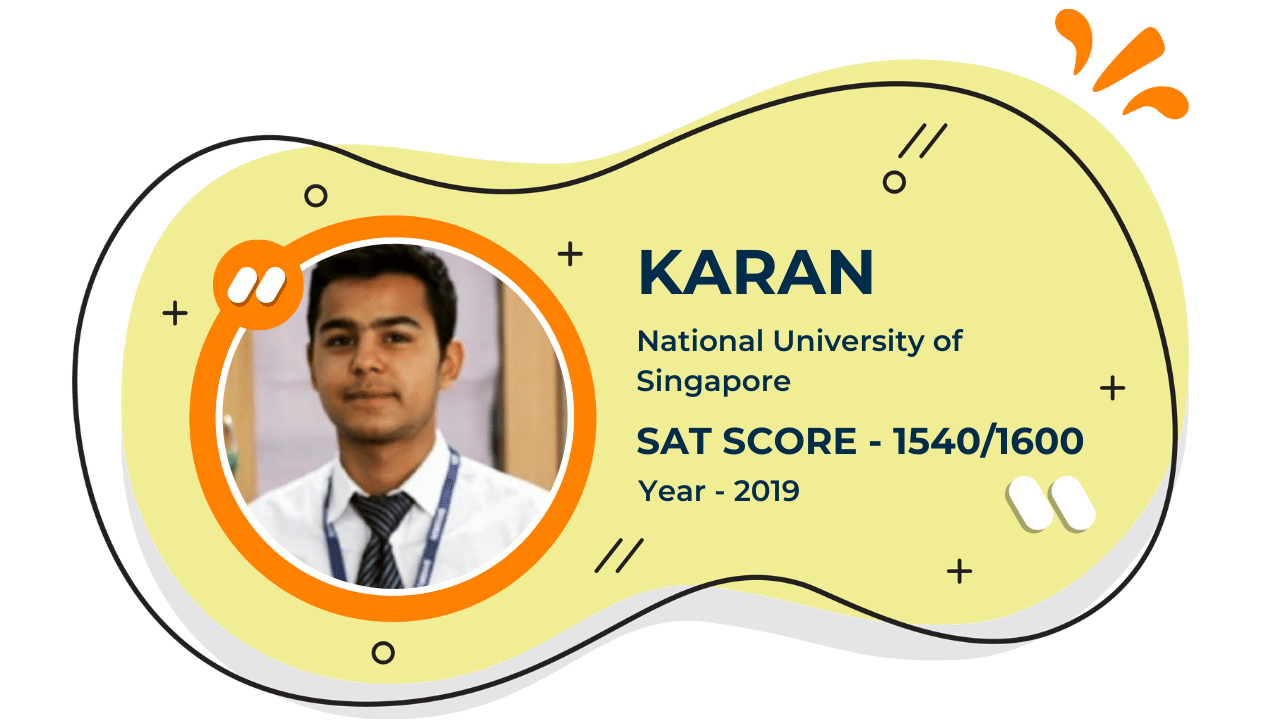
A few words about us from our students…

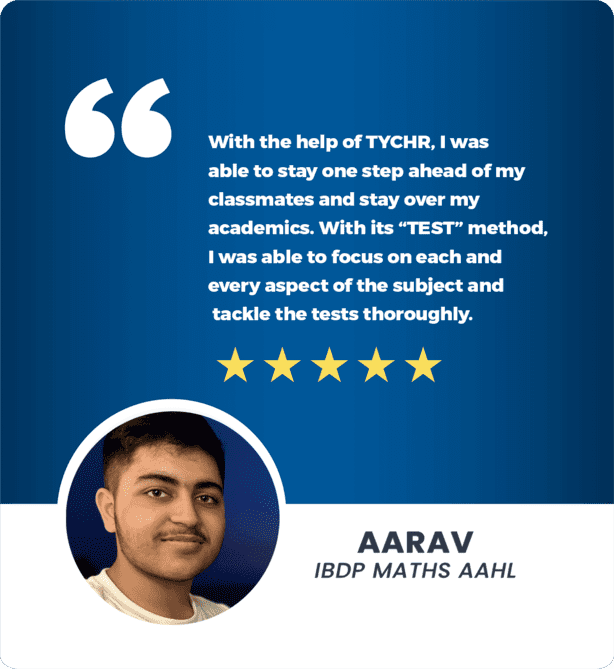

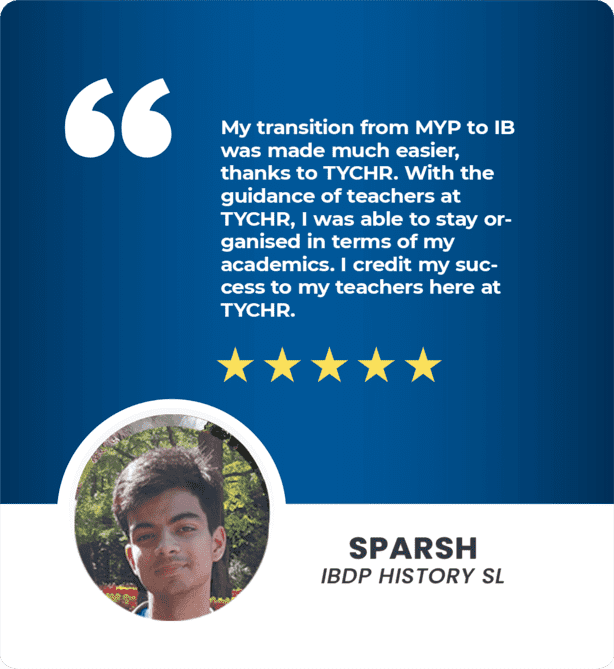
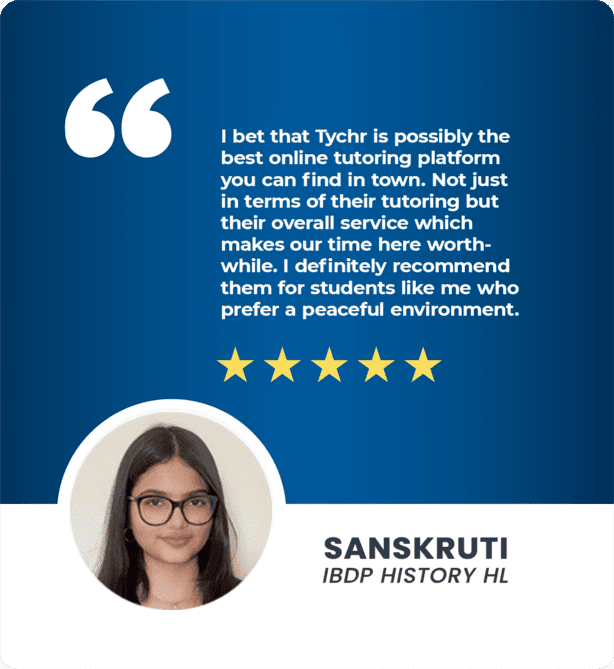
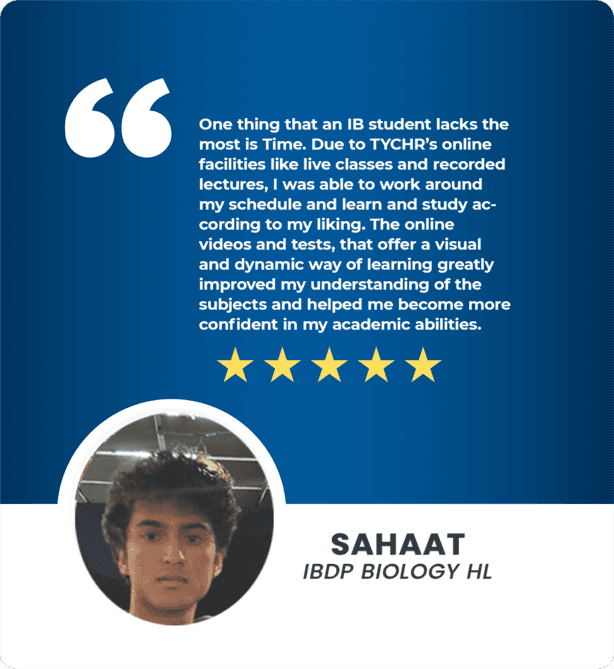

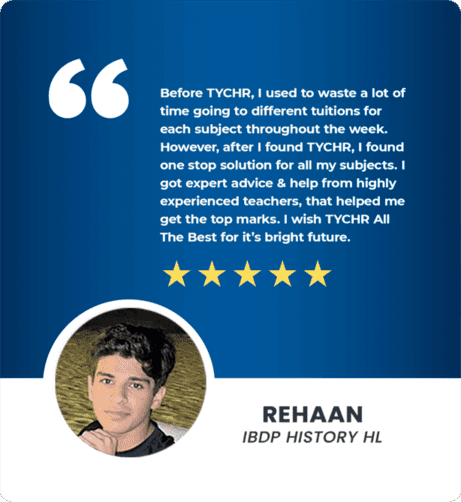
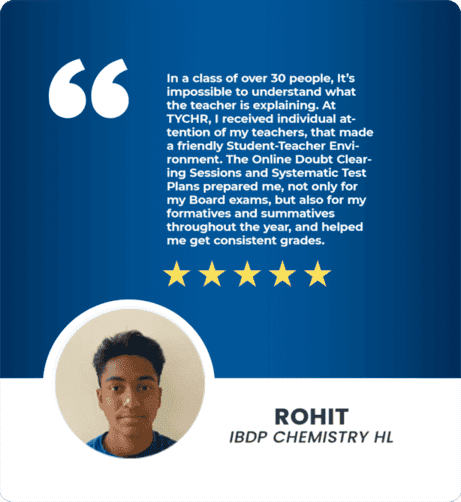

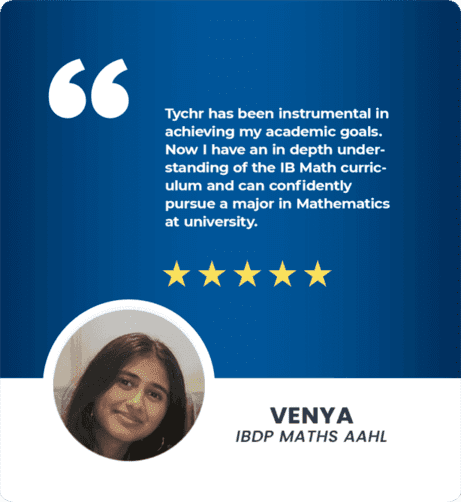
Give our blog a read for anything you need




All content on this website has been developed independently from and is not endorsed by the International Baccalaureate Organization, the College Board, Pearson EdExcel, OCR, or AQA. International Baccalaureate, SAT, ACT, AP, EdExcel, OCR, and AQA are registered trademarks owned by their respective organizations.
Download our Successful College Application Guide developed by counselors from the University of Cambridge for institutions like Oxbridge alongside other Ivy Leagues. To join our college counseling program, call at +918825012255
We are hiring a Business Development Associate and Content Writer and Social Media Strategist at our organisation TYCHR to take over the responsibility of conducting workshops and excelling in new sales territory. View More